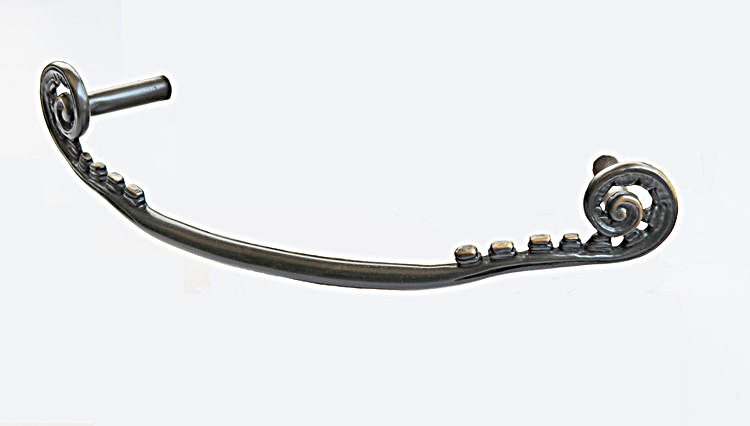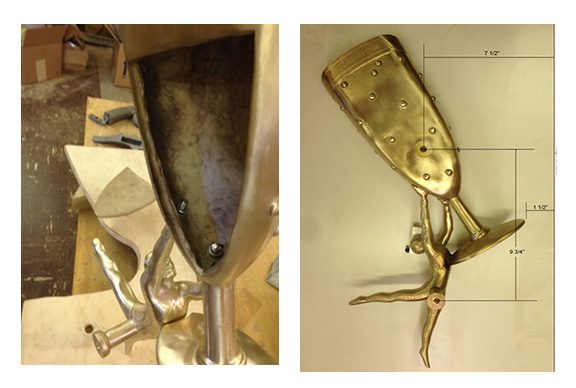How to add some fun to your kitchen remodel
To provide a better understanding of our small insect and reptile cabinet pulls we will over the next few months be photographing these little creatures form different perspectives. The hope is that this will help homeowners plan how and where to use these pieces and have a little fun in the process. We have typically photographed these pieces straight on and not surprisingly this is how they have been used on cabinet door and door fronts.
Cabinet pulls are typically thought of as being directional pieces but in nature tree frogs which our sculptures are based on are not directionally restrained.
The first image shows the profile, rear and aerial view of the left and right frog sculptures.
The second image shows how these 2 frog sculptures could be arranged in a leap-frog formation going up and down the cabinet door and drawer fronts. Given the whimsical nature of these pieces we feel you can indulge your sense of fun when tackling the more serious task of a kitchen remodel.
The frog pulls shown here were cast in solid bronze and finished with a light antique patina which we strategically removed to create highlights which accentuate the very 3-dimensional nature of these pieces. All our cabinet pulls are sculpted as three-dimensional art pieces and each facet is refined to create a piece that is attractive from all sides.
Artistic kitchen ideas,Frog pulls,Pulls for kitchen cabinetry,Whimsical door pulls,animal cabinet pulls











































